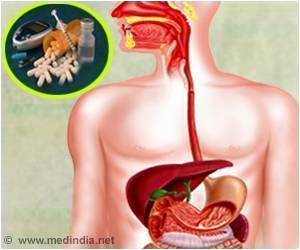
‘Risk of progressive liver fibrosis may develop in heart patients who undergo the Fontan surgery.’
Tweet it Now
The Fontan operation is a series of three staged reconstructive surgeries in children born with single-ventricle disease, a life-threatening condition characterized by a severely underdeveloped ventricle, one of the heart's two pumping chambers. The palliative surgeries re-route blood to the lungs, but result in an abnormal physiology that puts many organ systems at risk.One such organ is the liver, in which fibrosis develops in response to elevated pressure within the veins. Over time this can lead to liver cirrhosis, a condition of significant liver impairment.
"We have known for some time that liver fibrosis is a complication of Fontan surgery, but this was an important study that demonstrated that the length of time after the Fontan operation is a significant contributor to the degree of fibrosis," said study leader David J. Goldberg, MD, a pediatric cardiologist at Children's Hospital of Philadelphia (CHOP).
Goldberg and colleagues published their study online April 26 in the Journal of the American Heart Association.
The research is a retrospective analysis of 67 children and adolescents (with a mean age of 17 years) evaluated at CHOP between 2009 and 2014 under the hospital's Single Ventricle Survivorship Program. Most of these patients were evaluated 10 to 15 years after their original Fontan operation.
Advertisement
"Our finding that liver fibrosis is universal after the Fontan operation reinforces the need for ongoing surveillance of the liver in this patient population," said Goldberg.
Advertisement
Source-Eurekalert















